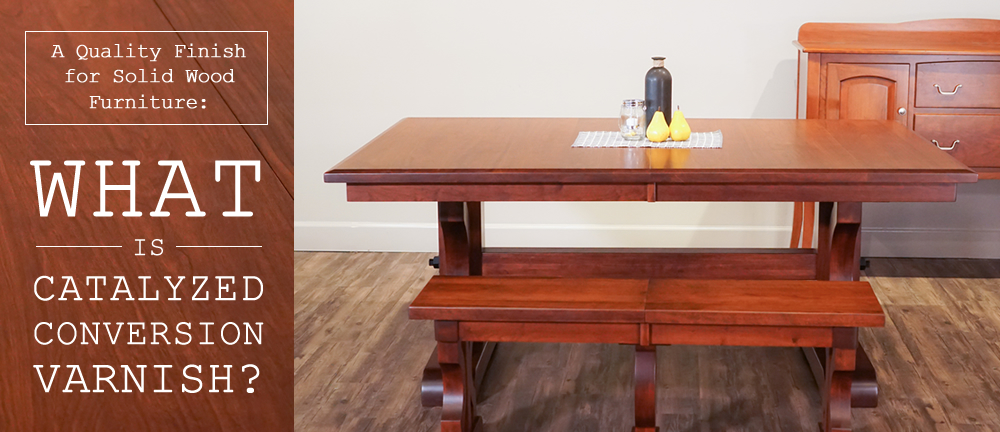
A Quality Finish For Solid Wood Furniture: What Is Catalyzed Conversion Varnish?
We’ve heard it straight from our Amish craftsmen–finish either makes a product or breaks a product.
When it comes to the finish on your solid wood furniture, nothing’s more important than a quality finish that’s applied correctly. The standard finish for our Amish furniture is a catalyzed conversion varnish applied over the finish color. We use it because simply put…..it’s the best.
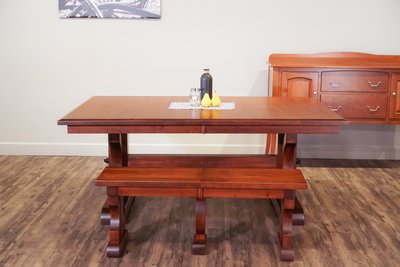
What Is Catalyzed Conversion Varnish?
The varnish that’s applied over the finish color is there to help protect your wood furniture. Catalyzed conversion varnish basically consists of two parts, the
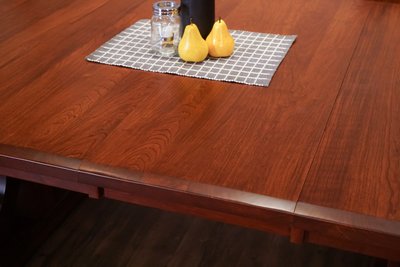
Benefits of Catalyzed Conversion Varnish
- Contributes to more durable furniture.
- Hardens rapidly and has a shorter dry time.
- Adds resistance
against scratches, heatand moisture - Protects the color and texture of the wood.
Catalyzed Conversion Varnish vs. Lacquer
- CCV is more durable and more elastic, which is better for the natural movement of the wood.
- CCV requires fewer coats and has a shorter dry time.
- Lacquer is a single element finish with no hardener mixed in. It has a lower solid content and requires additional applications. It is softer and more susceptible to damage.
- CCV costs more than lacquer.
Catalyzed conversion varnish must be applied by a professional. In addition to application, just the right mixing procedure is important so the varnish hardens properly.
The First 30 Days
Just a friendly reminder that it can take up to 30 days for the finish to fully cure (harden), and we recommend being gentle with your new wood furniture during that period.
The Finish Process for Amish Made Furniture
- Furniture is sanded at the woodshop.
- Furniture is
shrink wrapped to protect from dust and is sent to the finish shop.
- It is sanded again.
Stain is applied and rubbed in by hand.
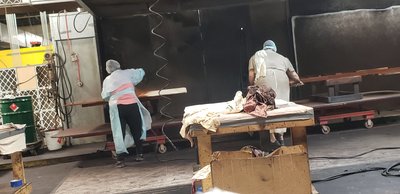
- Stain sealer is applied.
- Furniture spends time in oven area for drying.
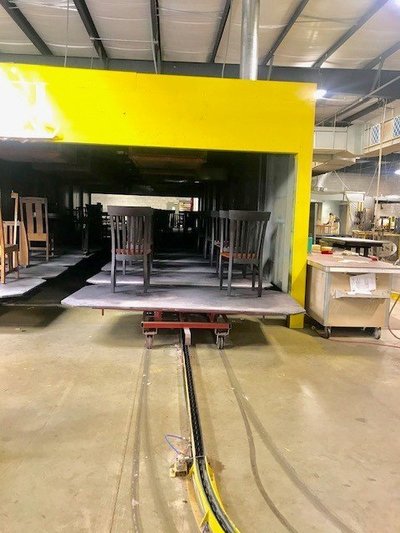
- It is sanded some more.
- Varnish is applied.
- Furniture dries in a designated heated area.
- Furniture is scheduled to be delivered to you.
Insider Tip: When selecting the varnish for your DutchCrafters Amish Furniture, a standard varnish means a catalyzed conversion varnish. Some furniture selections may list “Semi-Gloss Varnish” which means standard or “Matte Varnish” which means a low sheen.
Protective varnish for your solid wood furniture is so important. We encourage you to contact a Furniture Specialist with any questions. The DutchCrafters How to Care for Solid Wood Furniture Video goes over important tips for when your new Amish furniture comes home.


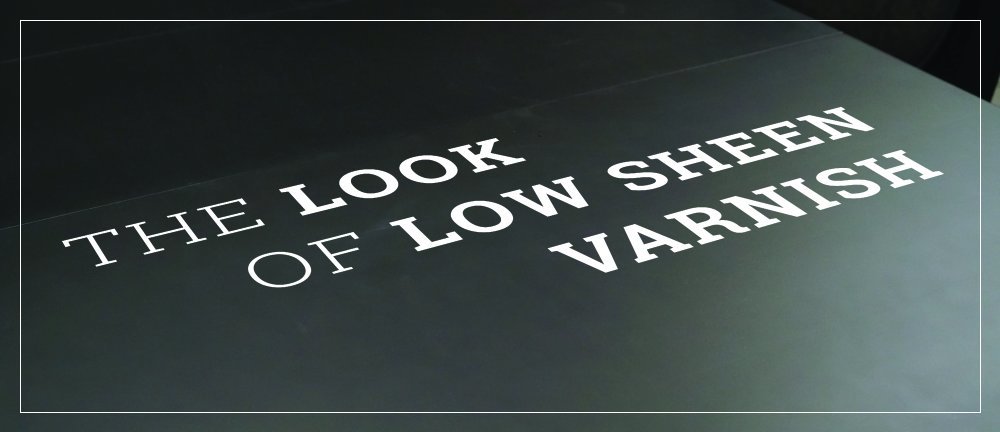

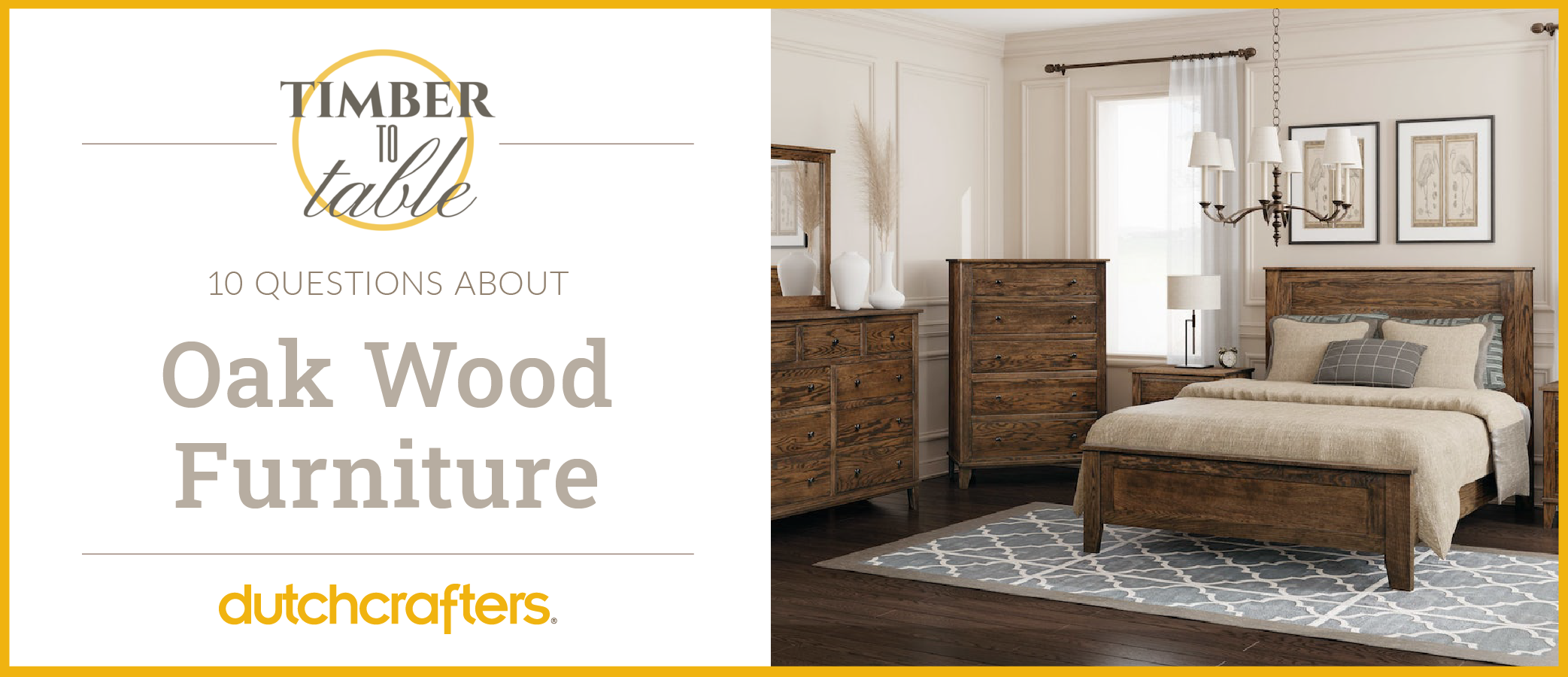
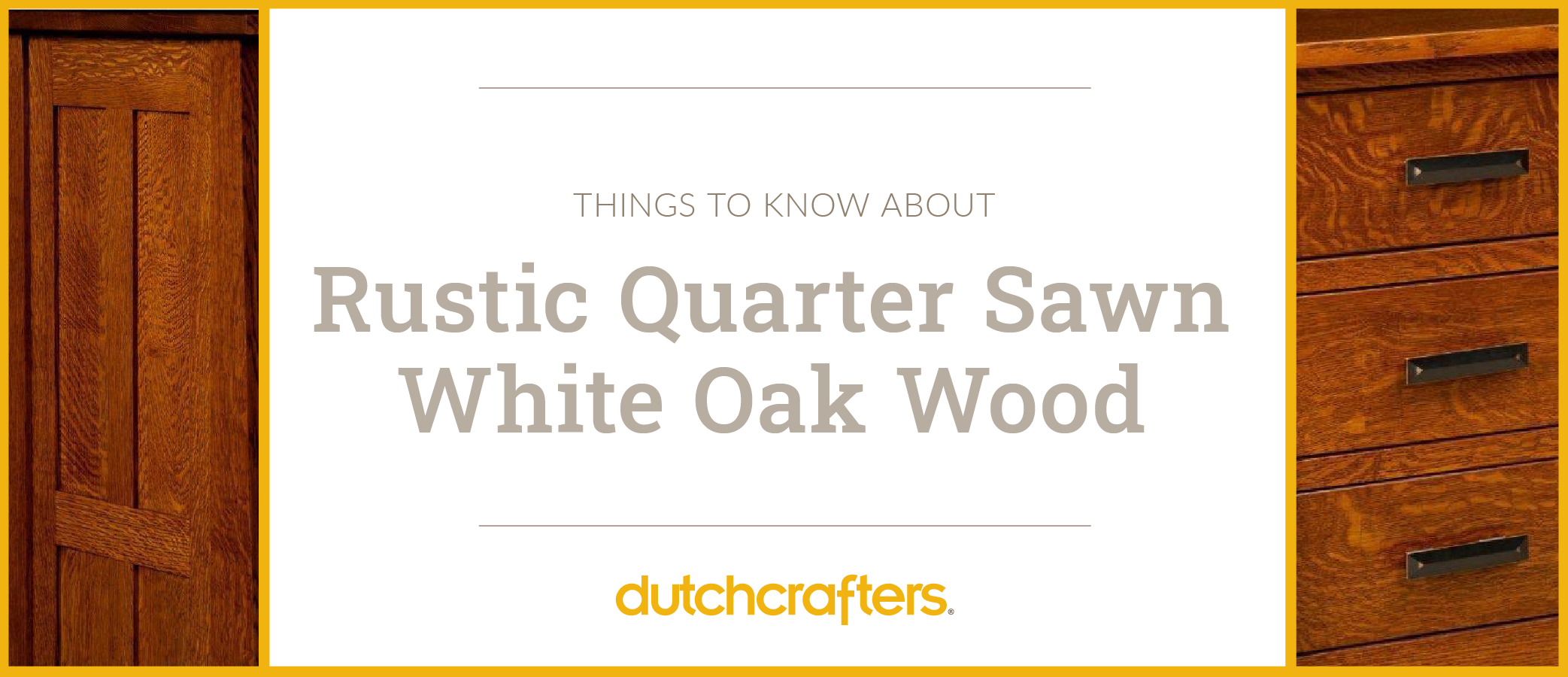
Can I use your conversion varnish on high density fiber board ? Your online info stresses use of solid wood. How will your conversion varnish interact with the adhesives and other materials used to make HDF ?
Thank you – Bob
Hi Bob.
I’m afraid we don’t work with high density fiberboard, so I cannot say how it would interact or fare with conversion varnish. I can refer you to the site for Woodwright Stains and they might be able to answer your question. Here is the link.
https://woodwrightfinish.com/ohio-stain-collection-browser/
Thank you for visiting us on Timber to Table.
I have a solid cherry wood dining room table. Do you recommend catalyzed lacquer or catalyzed varnish? What is the difference between the two? Thank you.
Jane Miller
Hello Jane,
We recommend catalyzed varnish and it’s what our woodworkers use for Amish furniture. While catalyzed lacquer costs less, it has no hardener mixed in, and will require additional applications. It’s also softer and more susceptible to damage. Catalyzed varnish is more durable, more elastic to respond better to the natural movement of a wood table, requires fewer coats, and will dry more quickly.
I hope this helps answer your question. Thank you for visiting us on Timber to Table.
What catalyzed varnish product are using? Thanks
Hello Roman,
Catalyzed conversion varnish consists of the finish liquid and a hardener (the catalyst) that gets mixed in right before it’s applied. The one we use is from Finishworks, a leading manufacturer of industrial wood and metal coatings. They specialize in offering the latest in finish design.
Thank you for your question and for visiting us on Timber to Table.
Is it safe to put a glass top on my wooden catalyzed dining table we just got from Shelley’s? Thank you .
Hi Barbara,
We would recommend contacting Shelley’s for their input first, since they know their tables and finish process best.
A glass top can help protect the wood from getting scratched, but you’d likely not want to use one if you want to use table extensions, as that would require taking the glass on and off. A removable table pad might be better in that case. Glass should be safe to use, but could obstruct the view of the full beauty of the table.
Again, we highly recommend contacting the company you purchased from first, before making a final decision.
Thank you for your question and for visiting us on Timber to Table.
Hi Barbara,
We bought a bed for our young child that has a stain. We have noticed a very strong toxic smell that fills our child’s room from the bed, I assume from the stain. How long does that last and why does it exist? And is it toxic for our son to inhale all night while he sleeps?
Hello,
There can be a smell from the finish that’s used on solid wood furniture. This is called off-gassing, as fumes are released after the wood is finished. It may take a few weeks for the odor to dissipate, and it’s recommended to keep the furniture in a well-ventilated area during this time.
Thank you for your question and for visiting us on Timber to Table.
Hi Beth, I bought a very expensive dining room table from a high cvend furniture store with a great reputation. It came with a very unflattering dark mark exactly in the center of the table. This in addition to many other issues. When I questioned it I was told that it was a sap pocket and I should expect it in cherry wood I was told that this table was being made in their warehouse just for me. They are replacing the table because of other issues. Is it unreasonable given the price I am paying for this table and the fact that they are making it for Me to ask them to use boards without sap pockets. I appreciate your help and advise.
Hello,
Natural wood comes with a variety of markings, whether they are wood grain patterns, sap pockets, knot holes, worm holes, etc. That is part of the beauty of natural wood. Wood is often characterized differently, with woods called “rustic” such as rustic cherry or rustic walnut having more of these variations. Woodshops do separate between using rustic and non-rustic boards, depending on what a customer orders, but requests beyond that are difficult to make because all natural wood boards will have markings.
Thank you for your question and for visiting us on Timber to Table.
I bought a Richardson oak dining table that has a solvent based conversion varnish. It is 20+ years old and the top is in need of refinishing due to some peeling. Any ideas on how to remove the topcoat of varnish? Thank you
Hi Kathy,
I’m sorry but we only sell new furniture and do not have advice on how to refinish used furniture.
Thank you for your question and for visiting us on Timber to Table.